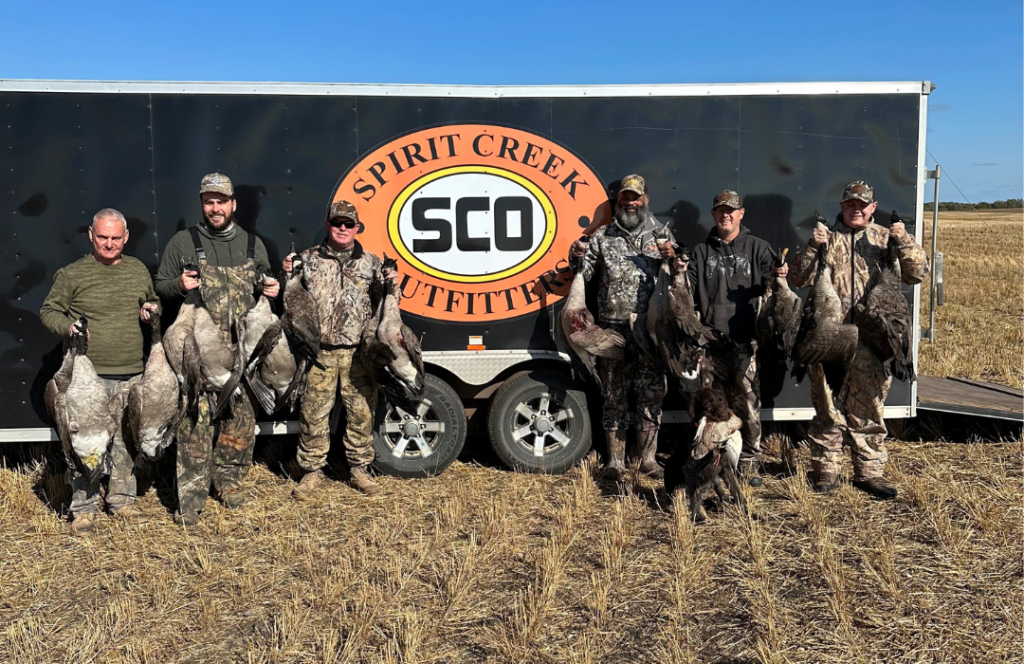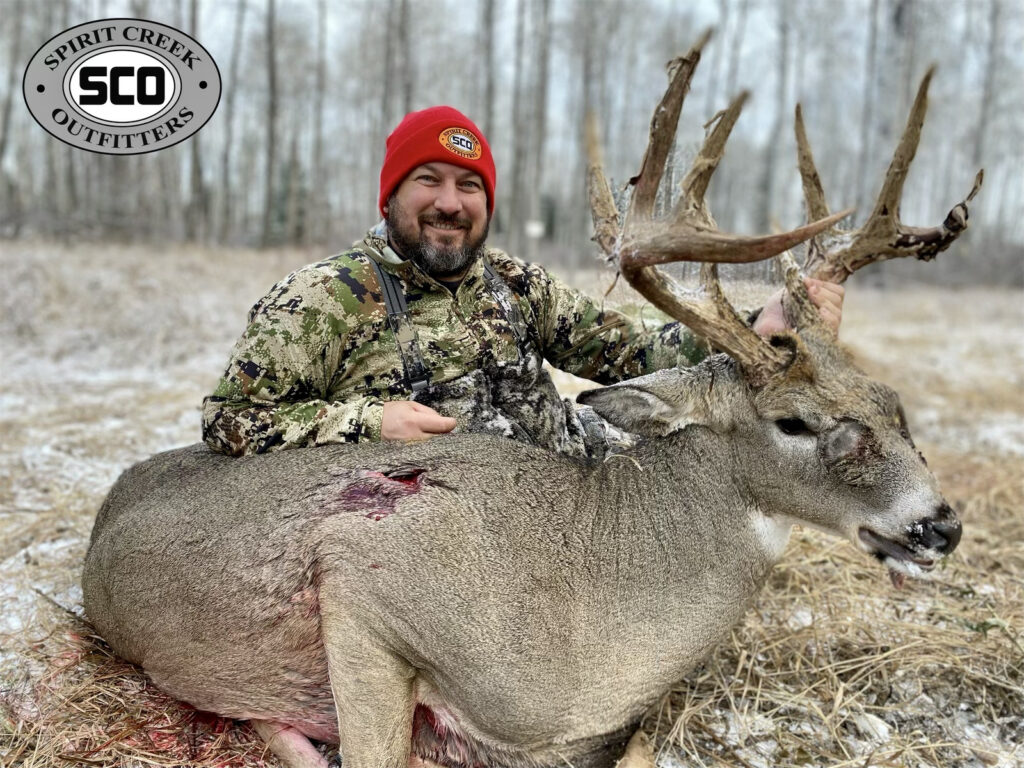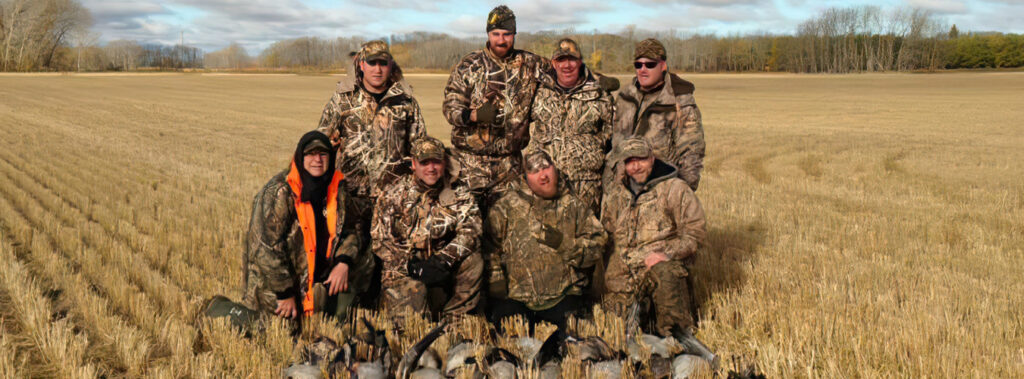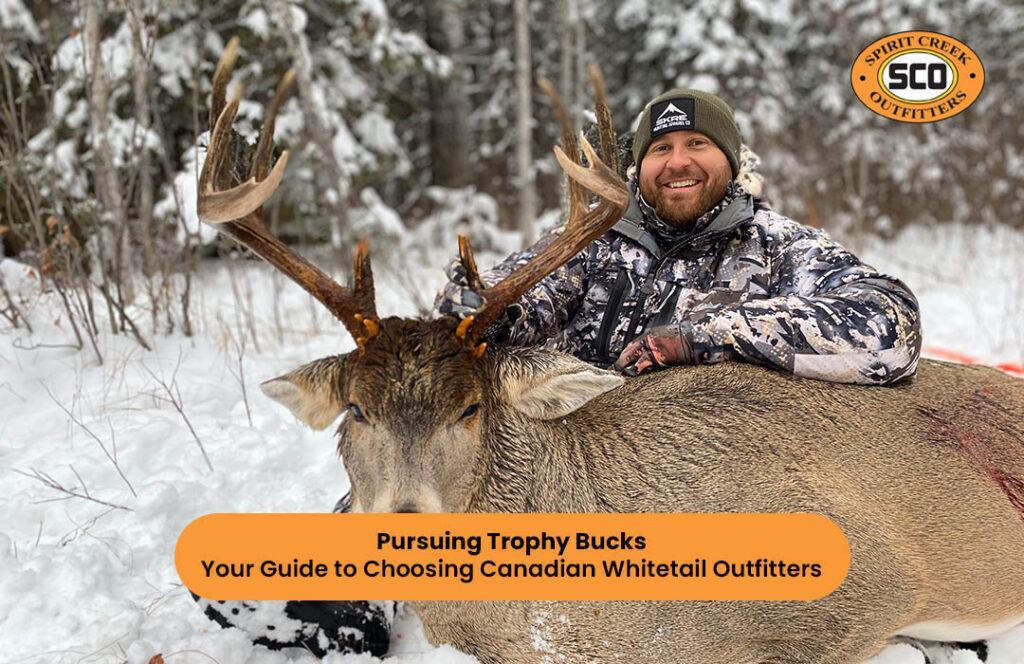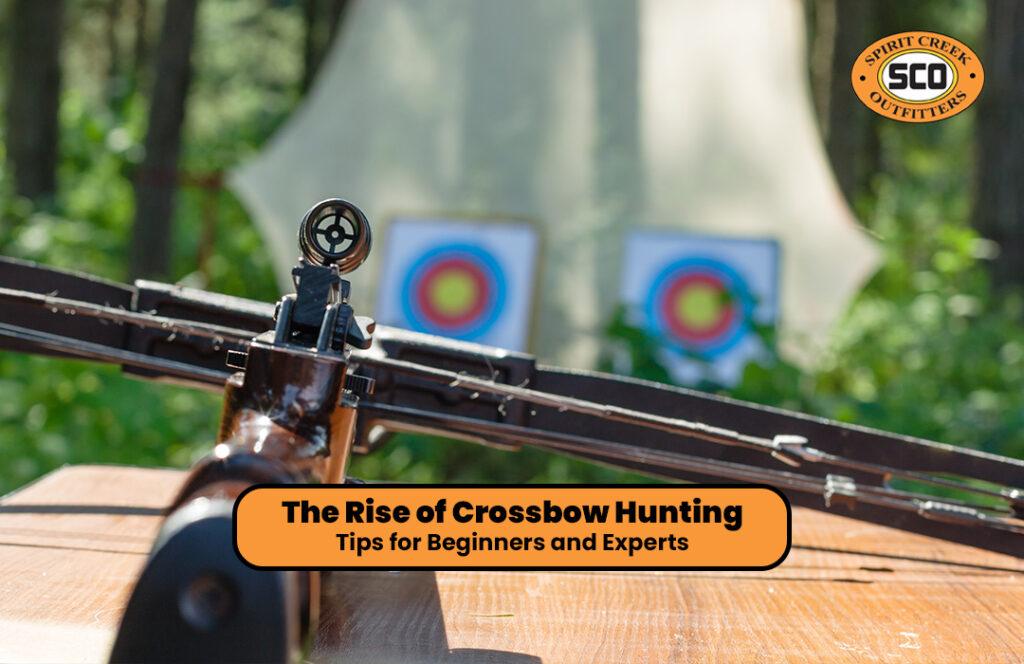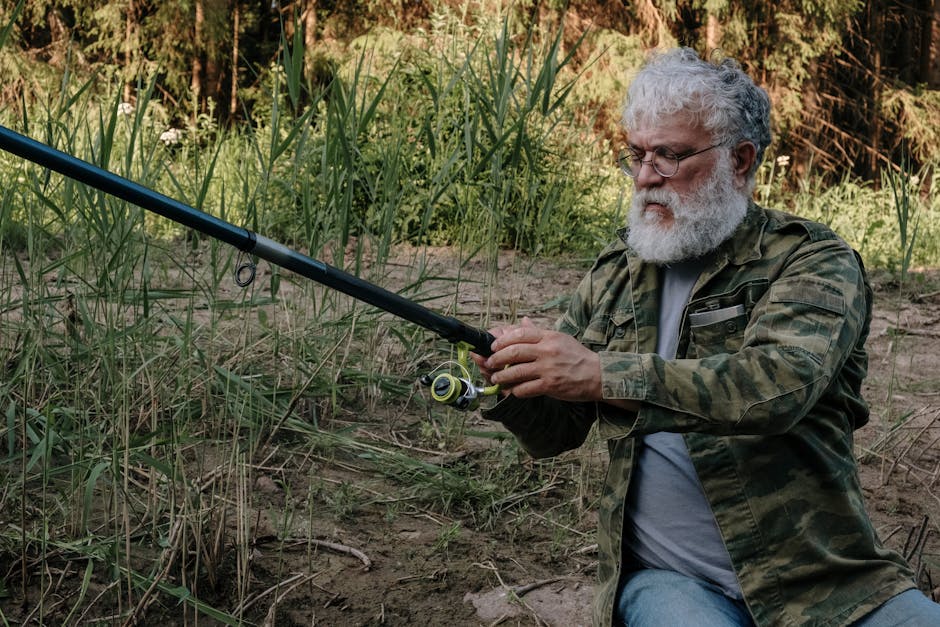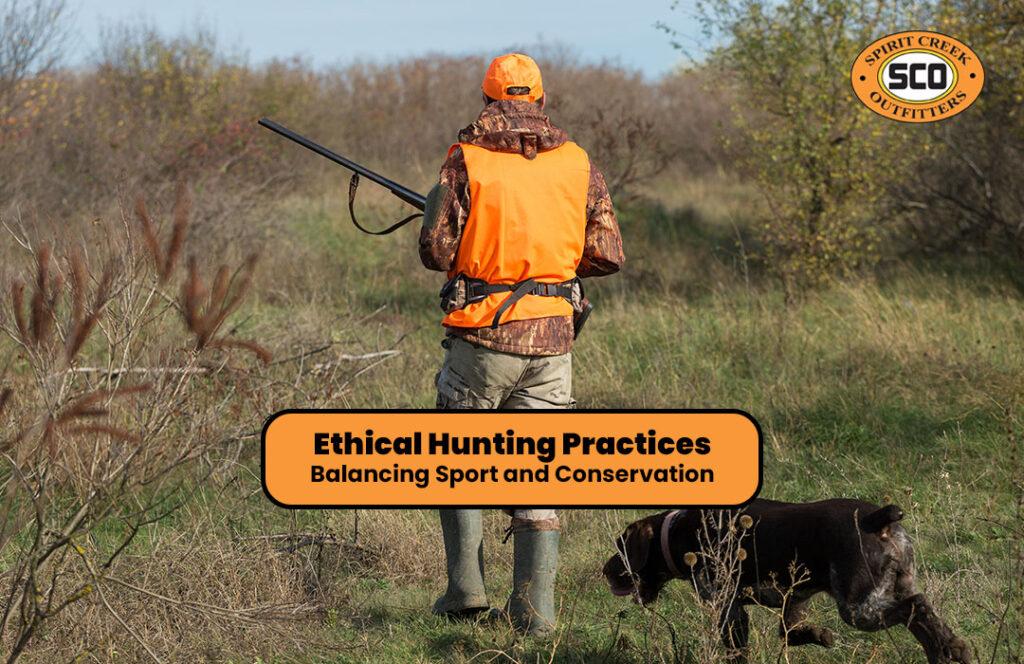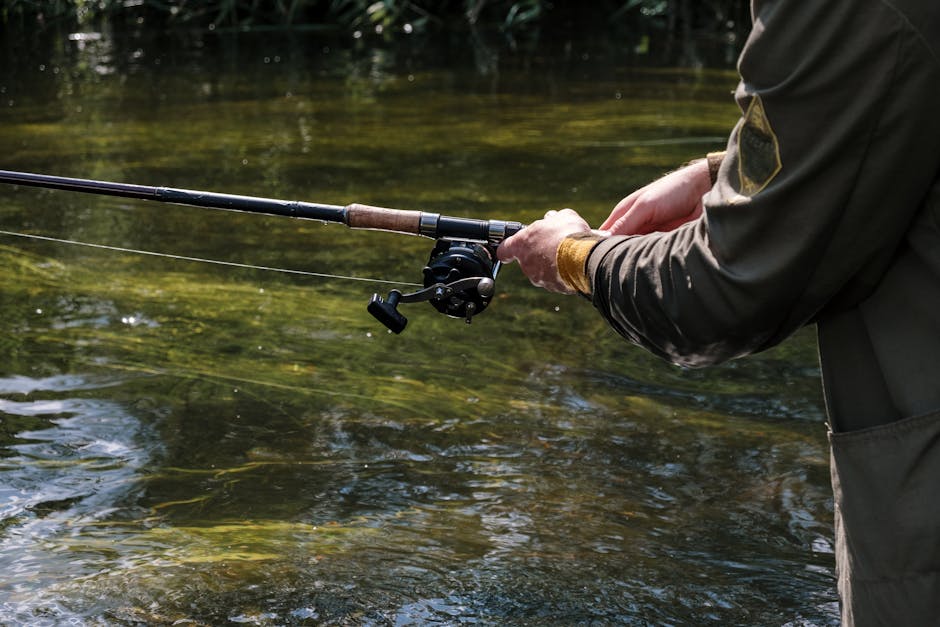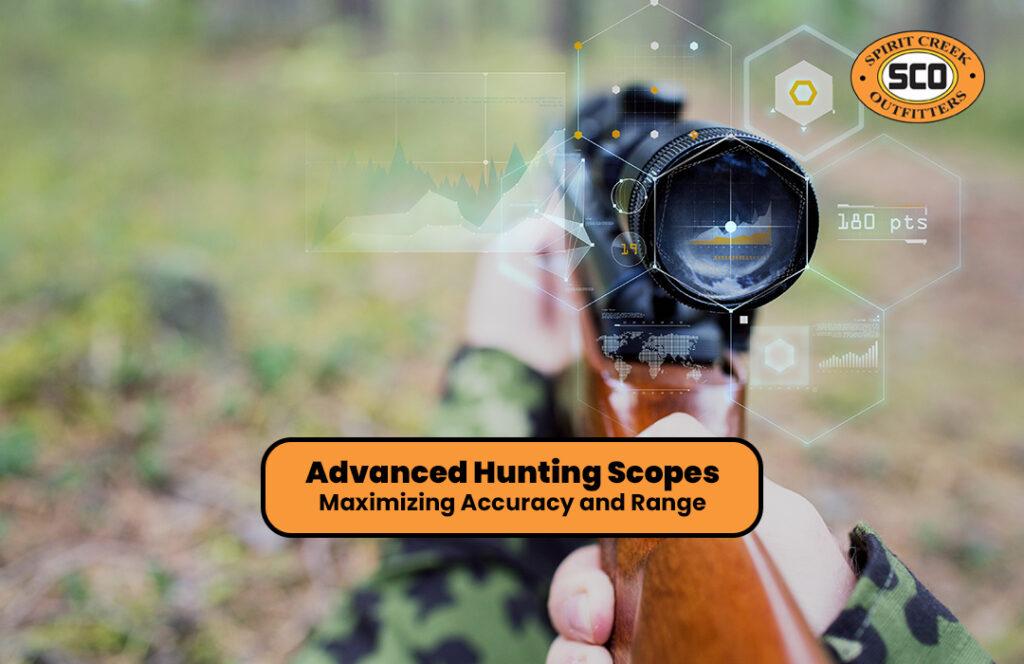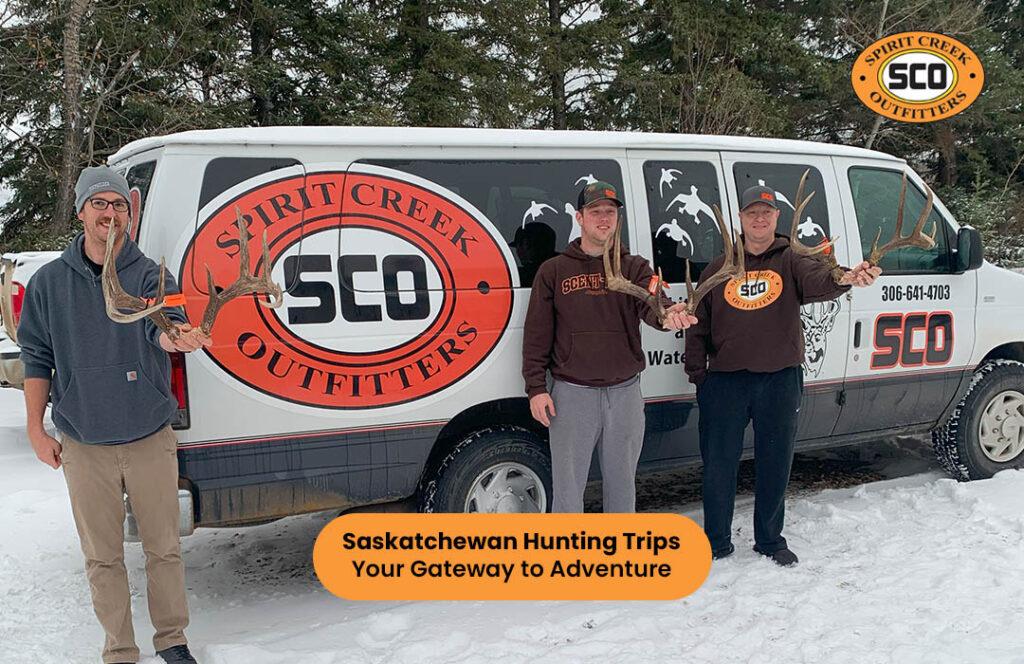Introduction to Hunting for Beginners
Hunting isn’t just about going into the woods and hoping for the best. It’s about skill, understanding the environment, and respecting wildlife. As a beginner, you’re stepping into a world that’s as challenging as it is rewarding. You’ll learn not just to aim and shoot, but to track, observe, and become part of the natural world. Think about why you want to hunt. Is it for food, sport, or connection with nature? Your reason will guide your journey. You’ll start with the basics: safety, understanding game laws, choosing the right gear, and learning about the animals you wish to hunt. Remember, every expert hunter was once a beginner too. The key is patience, respect for the process, and a willingness to learn. Happy hunting.
Understanding Different Types of Hunting
When diving into hunting, knowing what you’re getting into is vital. There are several types of hunting, each with its unique flavor and challenge. First off, there’s big game hunting, targeting larger animals like deer, elk, and bear. It requires patience, skill, and often a deep understanding of tracking and terrain navigation. Then, there’s small game hunting, where you focus on smaller critters like rabbits, squirrels, and birds. This can be a great starting point for beginners because it calls for less equipment and can be done in a variety of settings. Waterfowl hunting is all about ducks and geese and usually involves siting by water with decoys. It’s a social kind of hunt, often done in groups. Varmint hunting targets animals considered pests, like coyotes or prairie dogs. This type requires precision shooting at long distances. Lastly, there’s bow hunting, using a bow and arrow to hunt. It’s challenging but rewarding, promoting stealth and closeness to nature. Each type has its appeal and hurdles, but all offer a connection to the wild and a way to learn about nature. Choose one that fits your interest and start your journey into the hunting world.
Essential Gear and Equipment for New Hunters
Before you step into the wild, make sure you’ve got the right gear. Essential doesn’t mean fancy; it means what you really need to get started. First, your rifle or bow—this is non-negotiable. Next, a good quality knife; it’s your multi-purpose tool out there. Don’t forget a durable pair of boots. You’ll be walking a lot, so comfort and protection are key. Wearing camouflage clothing assists in blending with your environment, making it more challenging for the game to detect you. A hunter’s safety course isn’t exactly gear, but consider it essential equipment for your mind. It teaches safety and basics, which are just as important as what you carry in your backpack. Speaking of which, a backpack—water-resistant and spacious enough to carry your essentials but not so bulky that it becomes a burden. Lastly, a first-aid kit. Out there, a small injury can become a big problem if not treated right. That’s your starter pack. Remember, this isn’t about having the latest and flashiest equipment. It’s about having what you need to start your hunting journey safely and successfully.
Basic Hunting Techniques and Strategies
When you’re starting with hunting, mastering some Simple techniques and strategies can have a significant impact. First off, always stay downwind of your target. Animals have keen noses, and if they catch a whiff of you, they’ll bolt. Next, learn to move quietly and patiently through the woods. Quick, loud movements scare game away. Also, get comfy with still hunting – that’s moving slowly, stopping often to look and listen. This tactic is gold for spotting animals before they spot you. Another key strategy is knowing where to look. Focus on areas where animals come to eat, drink, or rest. These spots are hot for activity. Lastly, understanding the best times to hunt is crucial. Early morning and late afternoon are prime times because that’s when many animals are most active. Stick to these simple tricks, and you’ll up your game in no time.
Safety Measures Every Hunter Should Know
When you’re out in the woods hunting, staying safe is just as important as landing a good shot. Remember, it’s a sport that requires responsibility and respect for guns, nature, and others. First off, always treat every gun as if it’s loaded. This simple rule prevents accidents. Make sure you know what’s beyond your target before you shoot. Bullets can travel long distances, so don’t take a shot if you’re not sure what lies beyond your target. Wearing orange gear is non-negotiable. It makes you visible to other hunters and minimizes the risk of accidents.Checking the Weather Before heading out, Bad weather not only makes hunting difficult but can also become dangerous quickly. Lastly, don’t go hunting alone, especially if you’re a beginner. Having a buddy means you have someone to rely on in case of emergencies. Stick to these basics, and you’re off to a safer hunting experience.
Reading the Land: Tracks, Signs, and Habitats
Understanding the land is key to becoming a skilled hunter. When you’re out in the wild, every footprint, broken twig, or patch of disturbed earth tells a story. Animals leave signs of their presence., and by learning to read these signs, you can predict where to find your target. Look for tracks; they can tell you the size of the animal, the direction it’s moving, and how long ago it passed by. Pay attention to droppings too—they give clues about what the animal has been eating and its health. Scratches on trees or the ground can indicate territory markings or places animals like to visit. Habitats are also crucial. Each animal prefers a specific environment—deer love forest edges, rabbits enjoy thick understory, and ducks are found near water. By understanding the preferred habitats of your target species, you can increase your chances of finding them. Remember, patience and observation are your best tools.
Laws and Ethics: Hunting Responsibly
When it comes to hunting, knowing the laws and sticking to ethical practices isn’t just recommended, it’s a must. Every hunter has a responsibility to themselves, the community, and the environment. Different states have varied regulations, so your first step is to familiarize yourself with the local laws. This includes understanding what you can hunt, when you can hunt, and the methods you can use. Ignorance is not an excuse when it comes to legal matters.
Equally important is the ethical side of hunting. This involves respecting the animal, ensuring you are hunting for a purpose such as food or population control, and not causing unnecessary suffering. Ethical practices include fair chase principles, meaning giving the animal a fair chance to flee, and not using methods that give the hunter an undue advantage.
Remember, ethical hunting ensures that future generations can enjoy the richness of our natural resources. So, always aim to leave no trace, use every part of the animal you can, and respect the habitat you are in. This approach to hunting isn’t just about following rules; it’s about respecting the tradition of hunting and ensuring it has a sustainable future.
Preparing for Your First Hunt: A Step-by-Step Guide
Before heading out on your first hunt, there’s some essential prep work to do. Here’s a straightforward guide to get you ready. First, make absolutely sure you understand the hunting laws in your area. This means getting familiar with what you can hunt, when you can hunt, and where it’s legal to do so. You’ll likely need a hunting license, so figure out what’s required to obtain one. Next, take a hunter safety course. Not only is it the law in many places, but it’ll also teach you critical safety and hunting ethics. Now, equipment. You don’t need top-of-the-line gear, but you do need the basics: a reliable weapon suitable for your intended game, the right ammunition, and comfortable, durable clothing. Camouflage helps blend in with your environment. Practice using your gear until you’re comfortable with it. Nothing fancy, just make sure you can safely handle and operate your equipment. Finally, learn about the animal you’re planning to hunt. Understanding its habits, what it eats, and where it’s likely to be found can make all the difference. Oh, and find a mentor if you can. Experienced hunters can offer invaluable advice and support for your first outing. Be patient, respect the wildlife and the environment, and remember—hunting is as much about the experience as it is about the catch.
Processing and Preserving Your Game
After a successful hunt, processing and preserving your game is crucial to avoid waste and ensure the meat is safe to eat. First, field dress your game immediately to let it cool down and prevent bacteria growth. This involves removing the insides and may seem daunting, but it’s a straightforward step with practice. Next, skin or pluck the animal based on what you’ve hunted. Now, you’re ready to butcher. Butchering can be done at home with the right tools or by a professional. If doing it yourself, familiarize yourself with the animal’s anatomy to effectively separate the meat from bones and cut it into manageable pieces.
When it comes to preserving, you have a few options: freezing, curing, or smoking. Freezing is the simplest method. Wrap the meat properly to prevent freezer burn and label it with the date. Beginners Guide for Hunting Curing involves treating the meat with salt and possibly other ingredients to prevent spoilage, while smoking adds flavor and extends the meat’s shelf life. Remember, safety first. Always handle your game with clean tools and hands to prevent contamination. Taking these steps ensures your hard-earned hunt doesn’t go to waste and provides you with delicious, safe meat to enjoy.
Next Steps: Building Skills and Joining Communities
Once you’ve got the basics down, it’s time to focus on honing your skills and connecting with others who share your passion. Start by practicing your marksmanship. You can do this at a local shooting range. The key is consistency and accuracy, which come with regular practice. Next, learn about tracking and field dressing. There are online resources and local workshops that teach these essential skills. Being able to track and properly handle your game is as crucial as making the shot. Now, about joining communities. Look for hunting clubs or online forums. Here, you can share experiences, get tips from seasoned hunters, and even find mentors. Being part of a community gives you access to a wealth of knowledge and enhances your hunting experience. Remember, every hunter started as a beginner. Keep learning, stay patient, and enjoy the journey.
